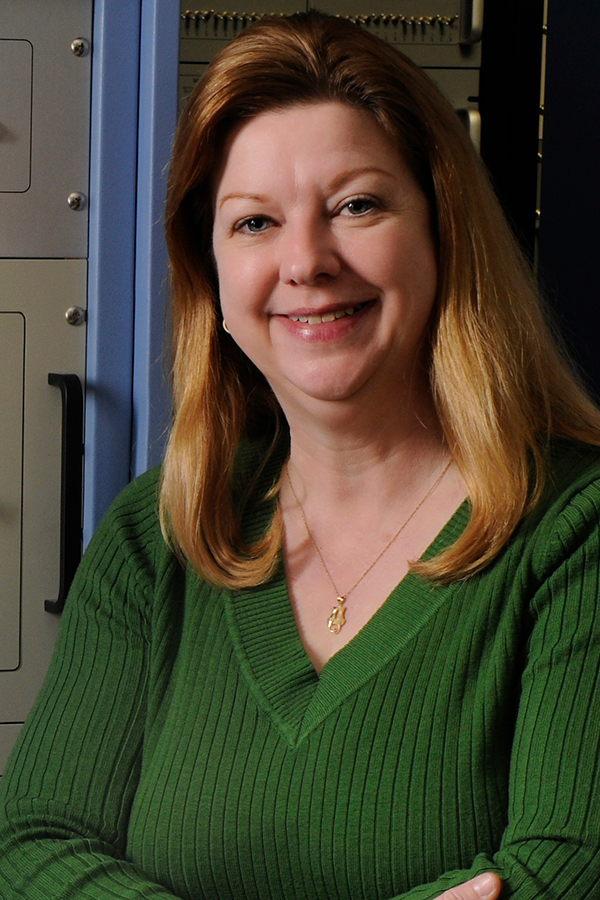
Beverly Serrano
Lead Software Engineer
The Hubble Space Telescope has instruments that capture cosmic images and study the properties of light from distant objects. Each of these instruments has its own computer, and each of those computers need software.
Beverly Serrano is responsible for making sure that software does what it’s meant to do.
“My math background, and the attention to detail, suited me well for this job,” she said. “You need to make sure no mistakes are made and the software works on-orbit as expected.”
Beverly has always appreciated order and details, traits that make her an ideal fit to lead the team that maintains the software that controls Hubble’s science instruments. She credits her team’s excellent record with Hubble’s software to closely following the procedures and review processes the team set up in advance. Since 2009, the group has done more than 50 software releases without ever having to go back to a previous version because something was wrong.
Growing up in Baltimore, Maryland, Beverly enjoyed history and math in school. She took the advanced math track in senior high, and graduated from Loyola University in Maryland with a bachelor’s degree in mathematics. After college, she spent five years at Westinghouse, where she worked on a variety of defense systems while learning structured software development and testing. In 1988, she came to Goddard Space Flight Center, Maryland, to work on software for Hubble’s instruments.
In 1994, she began working within Hubble’s Science Instrument Flight Software Team ― the group she now leads. In addition to developing the software for the science instruments, the group tests the software with simulators to ensure it’ll function properly on Hubble’s computers. When they’re done, they turn the software over to the operations team to install it on the orbiting spacecraft.
“You get to know a lot about the other different systems around you — engineering, operations, the science teams,” she said. “It makes you very well rounded because you can’t just make a software change and not know how that change is going to affect how the instrument runs or takes an observation or moves a mechanism.”
One of her most significant contributions, she said, was during the team effort to repair Hubble’s Advanced Camera for Surveys on the final space shuttle visit to the telescope. The group had a year and a half to develop and test software for a new processor that was installed during the mission, instead of the more typical period of three to four years. “Working on Hubble, it’s ‘anything it takes,’” she recalled. “I was doing more than a few overnighters. I’d get input from engineers and would put changes into a new software version and get it out the next day to test with. It wasn’t easy at the time, but afterwards you’re like, ‘That was cool.’ And it was successful — the camera is working successfully now.”
For her outstanding performance, Beverly was honored in 2001 with a prestigious award that included a trip to see a space shuttle launch. In September 2010, she also received a Goddard engineering award. “My father came to watch me receive it, and made the memory very special. It made his day.”
College degrees were rare in the community where she grew up, and her father, who died in 2011, was especially proud that she worked on Hubble, she said. “Any time I ran into relatives or any of his friends, they’d tell me ‘Your dad is always bragging about you.’ I have a picture of him going on a trip wearing the Hubble tie I bought him.”
Working on software is removed from the day-to-day science and imagery of Hubble, Beverly said, but helping to make that science possible still inspires her. “I have in my mind that I came from a very humble setting, and I get to be in this position,” she said. “I got there.”

